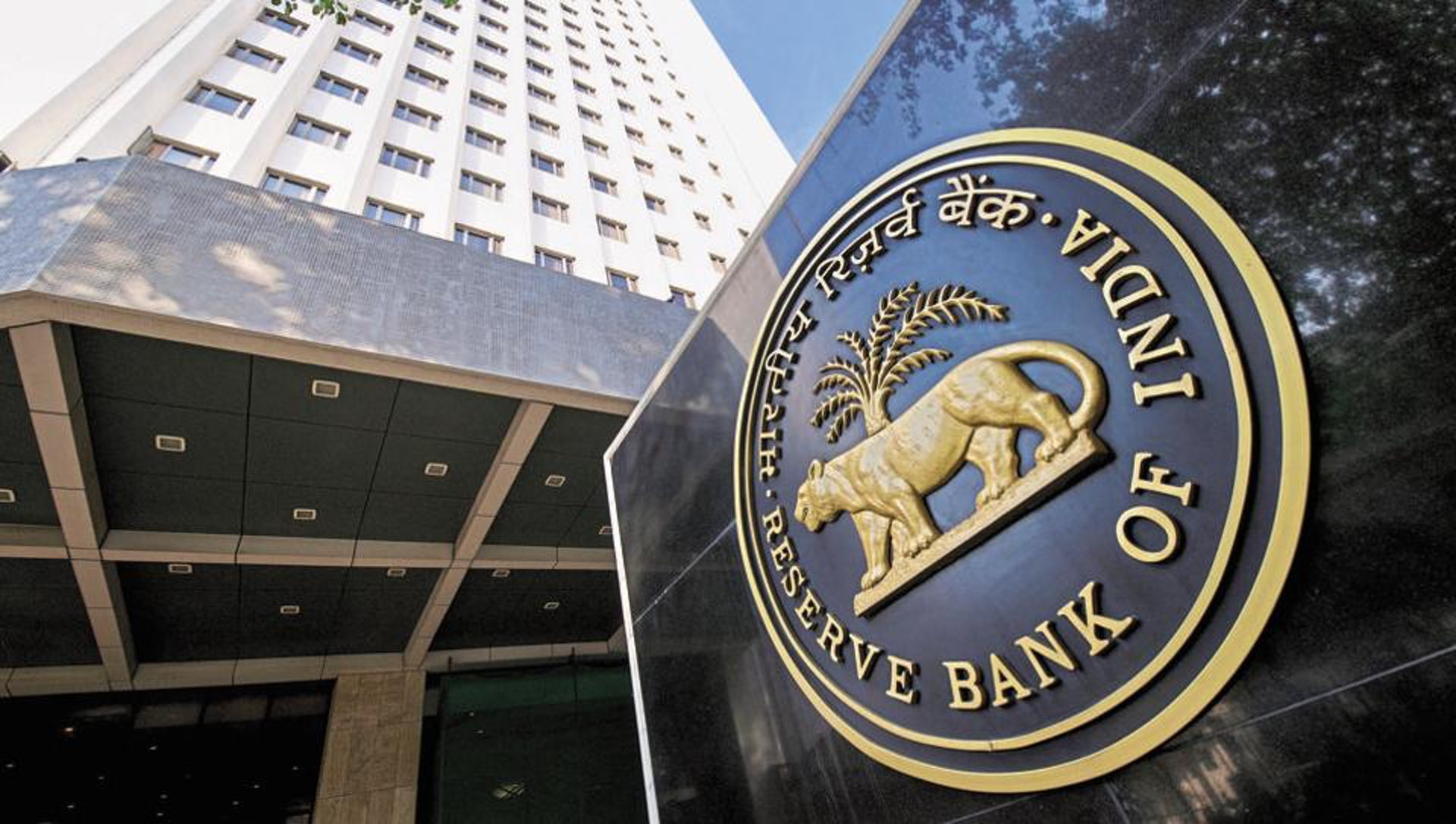
The Indian government recently made an unexpected decision to replace the governor of the Reserve Bank of India (RBI), appointing civil servant Sanjay Malhotra as the new governor, succeeding Shaktikanta Das, who had served for six years. This move comes at a time when India’s economic growth is slowing and inflationary pressures are rising. Markets widely expect that the new governor will push for more accommodative monetary policies. This personnel change is not only a significant adjustment in India’s domestic economic policies but also reflects the profound impact of global economic turmoil on India’s economic governance.
In recent years, India has been viewed as one of the world’s most promising economies, with considerable growth potential. However, as global economic uncertainties have increased, India’s economic momentum has gradually weakened. Economic growth in India slowed significantly in the second half of 2024, with the quarter from June to September recording the lowest growth in seven quarters. Inflation also exceeded the RBI’s 6% tolerance threshold for the year. This trend is closely linked to global economic conditions, including rising global inflation pressures, increased commodity price volatility, and unresolved supply chain issues, all of which have had a significant impact on the Indian economy.
At the same time, India faces serious domestic economic challenges. High borrowing costs and persistent inflation have dampened both consumer and business confidence, leading to weak consumption and investment growth. The government and markets are increasingly calling for a more accommodative monetary policy to stimulate economic growth, especially as India’s economy is also affected by the rising global interest rates and capital outflows.
The changing global economic environment presents another major challenge for India. From 2023 to 2024, key global economies, particularly the United States and Europe, have raised interest rates in response to domestic inflation. These rate hikes have exacerbated uncertainties in global capital markets. The policies of the U.S. Federal Reserve and the European Central Bank (ECB), though aimed at addressing inflation in their own economies, have increased the external financing costs for emerging markets, especially India. Capital outflows, exchange rate volatility, and inflationary pressures mean that the RBI must factor in global economic uncertainties and the spillover effects on the domestic economy when adjusting its monetary policy.
Moreover, the instability of global commodity prices has put additional strain on the Indian economy. As one of the largest oil importers in the world, India is particularly vulnerable to fluctuations in global energy markets. The instability in energy prices has increased energy costs for India, and in the context of global energy transition efforts, ensuring stable energy supplies at manageable prices will be a critical issue for India’s future economic development.
Against this backdrop, Malhotra’s appointment is an important signal. Although Malhotra has not publicly articulated his views on inflation and economic growth, his long career in the finance and taxation sectors suggests he is generally seen as a “dovish” figure, inclined towards stimulating economic growth through more accommodative monetary policies. Malhotra has emphasized that the RBI should align with government economic policies to foster sustainable growth. His remarks in the tax domain also indicate that he supports measures that promote economic growth rather than relying solely on tightening policies to control inflation.
With Malhotra’s appointment, the market widely expects the RBI to adopt a more accommodative stance in the coming months, especially as inflation data shows signs of easing. Analysts at institutions like Capital Economics predict that Malhotra may announce a reduction in the repo rate at the RBI’s monetary policy meeting in February 2025, potentially by 25 basis points or more. Such a move would help lower borrowing costs, stimulate business and consumer confidence, and further drive India’s economic growth.
However, the timing and magnitude of any rate cuts remain highly uncertain. The market is concerned that if the RBI rushes into rate cuts, it may exacerbate inflationary pressures, especially as global energy prices remain volatile and domestic demand recovers. Additionally, global market fluctuations could limit the flexibility of India’s monetary policy. For instance, capital outflows and exchange rate volatility could undermine the effectiveness of any accommodative policy measures.
In light of the multiple external and internal economic pressures, Malhotra and his team will face unprecedented challenges. The key issue will be how to adjust monetary policy to promote economic growth while avoiding excessive loosening that could fuel inflation. More importantly, the RBI will need to ensure that its policies remain effective and flexible enough to manage external capital flows and exchange rate volatility, which could create new risks for the Indian economy.
The change in leadership at the RBI comes at a time when global economic conditions are complex and volatile. Malhotra’s policy inclinations will have a significant impact on India’s future economic trajectory. In an environment where global economic uncertainty is persistent and domestic growth is slowing, how the RBI manages the delicate balance between stimulating growth and controlling inflation will be crucial in determining the direction of India’s economy in the years to come.
The appointment of Malhotra as the new RBI governor signals a shift in India’s monetary policy at a time when the country faces significant economic challenges. As India navigates through the dual pressures of slowing growth and rising inflation, the RBI will need to adopt a carefully calibrated approach to monetary policy. While markets are hopeful that an accommodative stance could boost growth, the risks of inflation and global economic volatility remain substantial.
In the coming months, the RBI’s decisions will be crucial in shaping India’s economic future. As the global economy continues to experience turbulence, India will need to strike a delicate balance between managing inflation and fostering sustainable growth. Malhotra’s leadership will be key in guiding the RBI through these challenges and determining the effectiveness of India’s economic policies in the face of both domestic and global pressures.

Since 2025, the conflict between the United States and Europe over the governance of the digital economy has continued to escalate.
Since 2025, the conflict between the United States and Euro…
When German Chancellor Mertz officially announced that he w…
On December 3rd local time, the copper price on the London …
The European Commission announced a new economic security s…
The European Commission announced a new economic security s…
For nearly a year, US President Donald Trump has launched a…